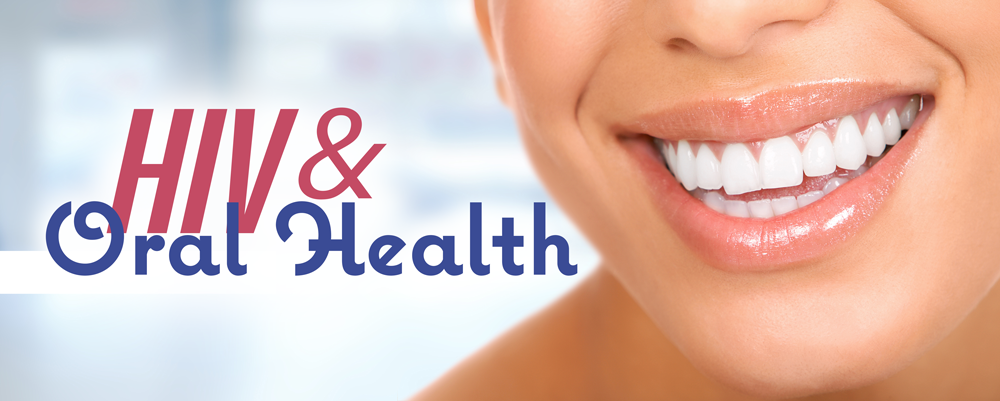
HIV and Oral Health 101: Aphthous Ulcers (Canker Sores)
By: Mark Schweizer, DDS MPH
Director of Development and Special Projects
Dental Director Southeastern AIDS Training and Education Center
Nova Southeastern University College of Dental Medicine
[email protected]
Aphthous ulcers are canker sores. These small, round or oval ulcers can develop on the mucous membranes of the mouth and usually form on the soft pinkish-red tissue inside the mouth that is not directly attached to
Aphthous ulcers are not an AIDS-defining illness. However, they are more common in HIV-positive people and can be larger, last longer, and recur more often. The reasons for this are not clear,
People with a history of aphthous ulcers in their family are more likely to get aphthous ulcers. Aphthous ulcers can also be caused by emotional stress, lack of sleep, or by biting the inside of the cheek. People with nutritional deficiencies in vitamin B, iron, and folic acid are also more likely to develop aphthous ulcers.
Aphthous ulcers begin as a burning or tingling sensation. A red spot or bump forms which develops into an open ulcer. The ulcers are usually small (less than 1 centimeter in diameter) but larger ulcers are possible. A single ulcer can form, but so can a cluster of ulcers at the same site. Once the aphthous ulcer begins to heal, a whitish-gray membrane will form over the ulcer. Large aphthous ulcers may cause some scarring upon healing. Diagnosis is difficult as the ulcer often resembles herpes simplex virus (HSV) ulcers.
Aphthous ulcers are often painful and may make eating and drinking certain foods and beverages difficult. This may have an effect on nutrition and medication adherence.
Treatment often consists of corticosteroid creams and gels such as betamethasone, fluocinolone, and hydrocortisone. Caution should be noted for prolonged treatment as many of these corticosteroids can affect the adrenal glands and slow production of adrenaline. Treatment should be confined to the normal healing phase which is 10 days to two weeks. Large aphthous ulcers, or ulcers that do not respond to topical corticosteroids, are often treated using more powerful oral corticosteroids taken in pill form, such as prednisone.
Another recommendation that I have found very successful is the use of Magic Mouthwash, which combines a variety of ingredients to alleviate aphthous ulcers
- 80 ml viscous lidocaine 2%
- 80 ml Mylanta
- 80 ml diphenhydramine 12.5 mg per 5 ml elixir
- 80 ml nystatin 100,000 Units/mL suspension
- 80 ml prednisolone 15 mg per 5 ml solution
- 80 ml distilled water
Sig: Swish, gargle, and spit one to two
For more information or any dental related questions contact Mark Schweizer, DDS MPH Dental Director of the South Florida – Southeast AIDS Education and Training Center at [email protected].
References:
- http://www.aafp.org/afp/2000/0701/p149.html
- Phelan JA, Eisig S, Freedman P, et al. Major aphthous-like ulcers in patients with AIDS. Oral Surg Oral Med Oral Pathol. 1991;7:68–72.
- Macphail LA, Greenspan D, Greenspan JS. Recurrent aphthous ulcers in association with HIV infection. Oral Surg Oral Med Oral Pathol. 1992;73:283–8.
